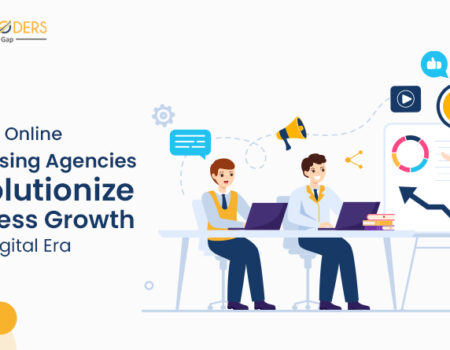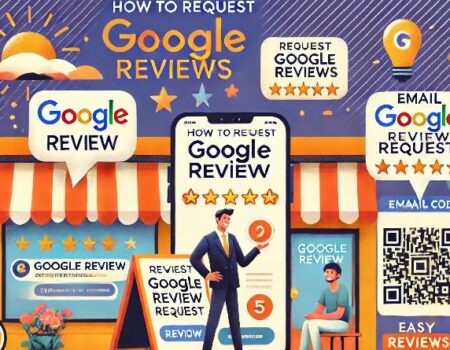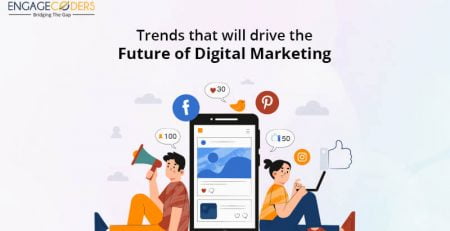9 E-commerce Website Optimization Tactics [Expert Insights]
Want to double or even triple your online store sales? Start by checking what’s working well on your website and what’s not. Use real numbers and facts to make changes, not guesses.
In this guide, we will share what we have learned from over 10 years in digital marketing.
We have also talked to four e-commerce experts who shared their best tips:
- Leigh McKenzie from UnderFit (also works at Backlinko)
- Rishi Rawat from Frictionless Commerce
- Anna Bolton from Conversion Copy Co.
- Kurt Philip from Convertica
Let’s begin by looking at the common problems that may be stopping you from making more sales.
Step 1: Look at What’s Going Wrong on Your Site
Every good e-commerce fix starts with looking closely at your site. You need to study how people use it and where they get stuck.
Use Numbers to Find Patterns (Quantitative Research)
This step is about looking at data to spot patterns in user behavior. It helps you answer questions like:
- Where do visitors leave before buying?
- What do people click or scroll on?
- Does behavior change based on device or traffic source?
Tools to Help You:
Google Analytics (GA4)
Google Analytics shows how people behave on your site. For example, to check where customers drop off during checkout:
Go to Reports > Monetization > Checkout journey.
Hotjar
Hotjar shows how people interact with your pages using heatmaps and recordings.
- Click maps: Show where people are clicking the most.
- Scroll maps: Show how far people go down the page. Red areas show high activity. Blue shows low interest.
- Mouse movement maps: Show where people pause or hover.
- Session replays let you watch recordings of real users using your site.
Semrush Site Audit
This tool helps you find technical problems that affect both SEO and user experience. It shows things like:
- Broken links or pages that don’t load (bad for users and Google).
- Slow pages that frustrate visitors.
- Extra code that slows things down, like unused scripts or styles.
Use Words to Understand Feelings (Qualitative Research)
Numbers tell you what people do. But words help you understand why. Qualitative research helps you learn what users think and feel.
It can show you things like:
- Why are people not buying
- What doubts they have
- What other brands or products are they looking at
Phase 2: Make Simple Fixes to Help Your E-commerce Site Get More Sales
The tips in this section are all about one goal:
Making your website better for your customers. Moreover, when your site is easy to use and fast, more people will buy from you.
1. Make Your Website Load Faster
Pages that load quickly are very important. If your site is slow, people may leave, and you could lose sales. But if your site is fast, more people stay and buy.
Example:
Vodafone improved its website speed and saw big results:
- 8% more sales
- 11% more people added items to their carts
- 15% more leads turned into visits
How to Make Your Site Faster:
- Use a CDN (like Cloudflare or AWS) to load your site faster based on where the visitor is
- Choose a strong hosting that replies quickly
- Shrink large images using tools like Tinify
- Remove extra code with tools like Terser to help pages load faster
2. Improve Pages That Matter Most
Want fast results? Start with your most important pages. These are pages like your product pages and checkout page.
If people leave without buying, it may be because these pages don’t work well. Fixing them first helps you win more sales quickly.
Tip:
- Focus on pages where customers make decisions
- If mobile users leave often, improve the mobile experience first
- If you run ads, fix the product pages they lead to
3. Make It Easy to Browse and Search
People don’t always leave because they dislike your products. Sometimes, they just can’t find what they want. Make sure your menu is simple and clear. If users feel lost or confused, they will leave.
4. Improve Your Product Pages
If your product pages don’t convert, something may be missing. Do they show important info like size or features?
Don’t leave shoppers guessing. Give clear, helpful details that answer their questions.
5. Make Checkout Simple
Checkout is where most people leave. In fact, 65% of shoppers never finish their purchase.
Why?
Because the process is too long or confusing.
Solution:
Keep it short and easy. Only ask for the basics, like:
- Name
- Delivery address
- Payment info
The quicker and simpler it is, the more people will complete their orders.
6. Write Simple and Helpful Copy That Guides Shoppers
Good website copy isn’t about being clever. It’s about helping people understand what you sell and why they should buy it.
Make Your Message Clear:
New visitors should quickly see what your product is and who it’s for.
For example, Boom Beauty’s page clearly says:
- “Three multitasking beauty essentials”
- “Three sticks. Endless possibilities.”
- “Simplify your beauty routine.”
These lines show what the product does and who it helps.
Answer Questions Before They’re Asked:
Use your copy to handle common concerns.
Like: Caraway, a kitchenware brand, does this well.
They answer the big question right away:
“Is this cookware safe?”
Shoppers quickly notice the phrase “Non-Toxic Coating.”
Right below it, the text explains which harmful materials are not used in their cookware.
Show Both Features and Benefits:
Buyers want to know what they get. Don’t just list features, explain the benefits too.
Use Design to Make Your Message Stronger:
Great design helps great copy.
For example, for a face mask product, good design showed:
- How to wear the mask
- Quality through close-up photos
- A layout that was easy to read and scroll through
Together, the design and copy made it easier to buy.
7. Make It Easy for Mobile Shoppers
People shop differently on their phones than on computers. A study found four ways mobile users act differently, including how they search and what they focus on. So, don’t just shrink your desktop site. Design for how people really use their phones.
Make Things Easy to Read and Do:
Phones have small screens, so don’t overload users. Show only the most important info first. Let them click to see more if they want. This keeps pages clean and easy to follow.
Fix Navigation for Mobile:
At first, many sites use a simple hamburger menu. But some users still struggle with it.
One brand made things easier by adding:
- A scrollable menu
- Pop-up filters
- Top categories at the top
This made it faster to find what they needed.
8. Give a Personal Touch
About 40% of online shoppers expect a more personal experience. But you don’t have to make everything custom. Just show shoppers that you understand what they need.
Example:
Revzilla, a motorcycle gear site, updates shipping info based on where the visitor is. When someone in Croatia visits, they see the correct shipping message right away, even though the site is in the U.S.
Use Four Types of Data for Personalization:
- Customer input (like quizzes or profiles) helps show better product picks
- Browsing activity (pages viewed, searches, carts): updates site content in real-time
- Purchase history: helps send follow-up messages and deals
- Smart predictions: uses AI to guess what users may want next
This makes the shopping experience feel more helpful.
9. Test to Learn, Not Just to Win
A/B testing is a key part of improving your online store. But don’t just test to find the better option. Test to learn more about your customers. Think of each test as a way to learn what buyers like and how they think.
Partner with our Digital Marketing Agency
Ask Engage Coders to create a comprehensive and inclusive digital marketing plan that takes your business to new heights.
Turn Your Website into a Sales Machine:
Many businesses lose out on sales simply because their site isn’t properly optimized. But when you fix the issues the right way, you can double or even triple your income. Start by finding out what’s not working. Then, focus on making smart changes that have the biggest impact.







